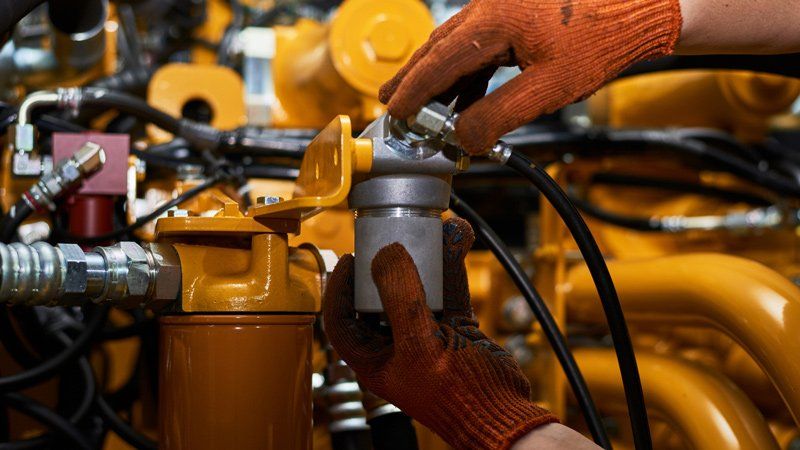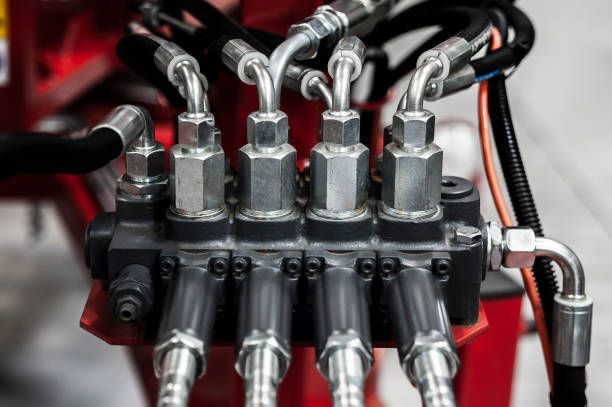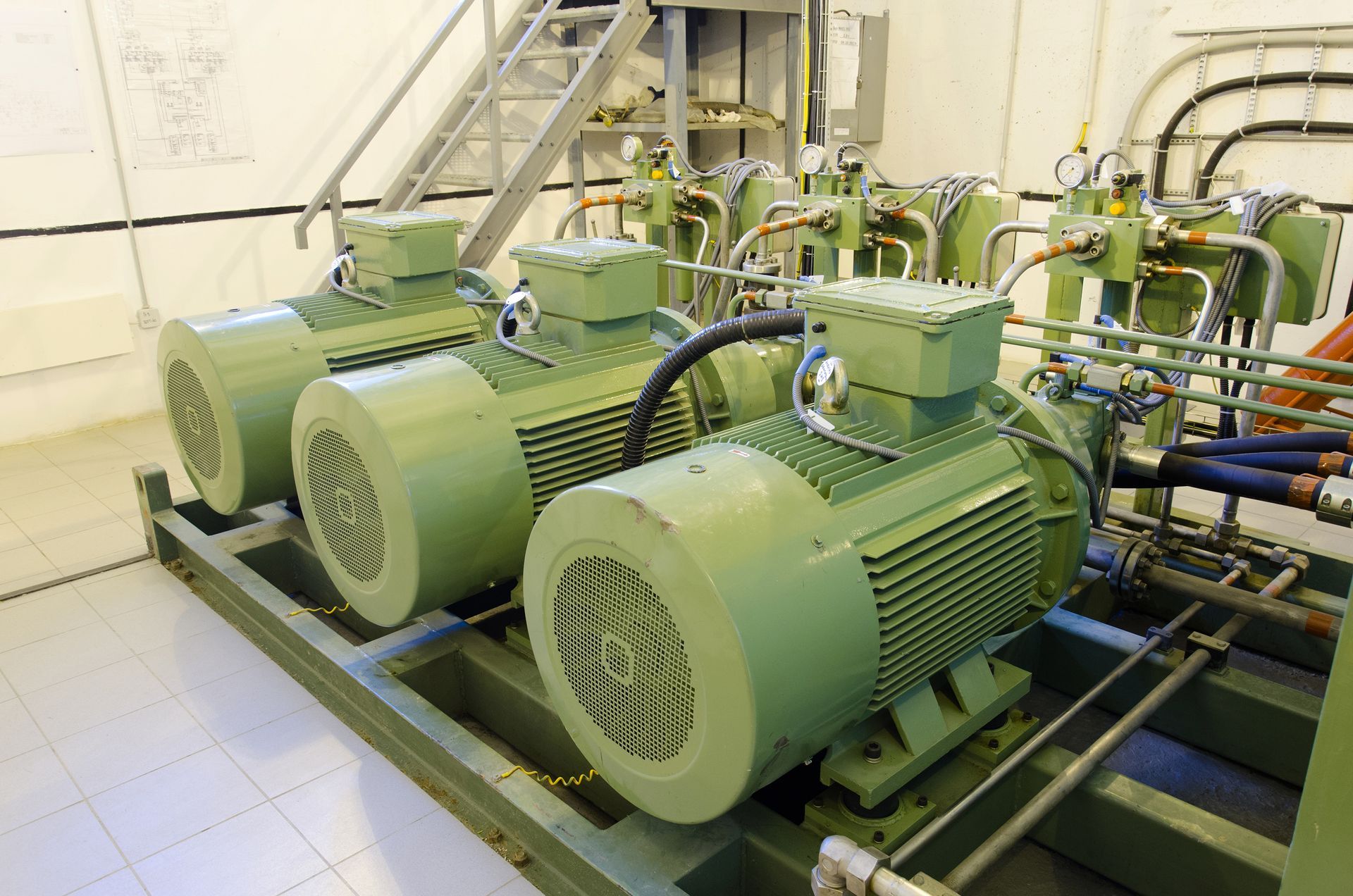An Easy Guide to Hydraulics
Admin • September 10, 2020

Hydraulics, though a complex word, works on simple principles. We use these principles often in our daily life and activities. Below are some the basic principles of hydraulics explained in terms of two common objects: a water gun and a garden hose.
The System
Imagine a water gun. It has a simple mechanism - pull the trigger and water comes out. However, these devices only work because of basic hydraulics. The pressure from your finger on the trigger of the gun puts pressure on the water inside it. Because water does not condense, it comes out the other end.
The faster you pull the trigger, the faster the water comes out. This is described by Pascal's law, which states that there is a direct correlation between the amount of pressure you put on one end of your water gun and the pressure of the water leaving the other.
Now imagine a water hose. The hose pump applies pressure to water at a constant rate, and the water leaves the hose at a constant velocity. However, you can change this velocity by putting your thumb over the hose.
By putting your thumb over the hose, you reduce the size of the opening that the water comes out of. The hose pump is still applying pressure to the water, so the water must find somewhere to go. Therefore, the water leaves the hose at a higher velocity.
Based on these two examples, we know that there is a correlation between pressure and velocity of incompressible liquids.
Industrial hydraulic systems are like backwards hoses. Instead of going from a large, low velocity stream to a smaller, faster one, these systems use highly pressurized streams of liquid to move larger objects at a slower rate.
The Pump
A hydraulic pump is just one part of an entire hydraulic system. The purpose of a pump is to convert a slow stream of liquid to a stream with high pressure and high velocity.
There are two main types of hydraulic pumps: hydrodynamic (nonpositive) and hydrostatic (positive displacement).
Hydrodynamic Pumps
Hydrodynamic pumps rely on standard hydraulic principles, but they are not very efficient. Each pump rotation gives a variable pressure, and there is a lot of slippage - making the system less powerful.
Nonpositive pumps are like water guns. If you plug one end of a water gun, it doesn't explode. But the system is too weak to hold the seal against mounting pressure. Instead, water leaks out the trigger end. This brings the pressure back to zero, until you take your finger off the nozzle.
Hydrostatic Pumps
A hydrostatic pump, on the other hand, has an input and output end. The pump mechanism is placed in a vacuum. Water comes in through one end, drawn in by the low pressure of the system. After enough water has entered, the input end seals off to prevent any slippage. Pressure grows until the piston is released and liquid flows out at a high velocity through the output end.
Hydrostatic pumps are more powerful, yet more dangerous. A hydrostatic pump seals off each side, reducing slippage to almost zero. Each pump rotation gives a constant pressure, which is useful on industrial machines. However, a hydrostatic pump is like a hose. If one end is blocked off, pressure rises until the system explodes.
The same principles that make water guns and garden hoses function are used on a much larger scale in industrial machines. No matter the size, a hydraulic system is based on Pascal's principal. Pressure and velocity on one end of an incompressible liquid is directly proportional to the pressure and velocity on the other.
At Quad Fluid Dynamics, Inc., we provide the highest quality professional hydraulic rebuilding, manufacturing, and service. For over 40 years, we have helped businesses get their hydraulic systems up and running. Regardless of your experience in the hydraulic industry, we can find a solution for you.
Hydraulic pumps are quickly becoming an industry standard in industrial machinery. Continue reading to learn about the benefits of hydraulic pumps.
Custom hydraulic systems are used across a multitude of different fields and functions. Read on to learn more about the endless possibilities.
Hydraulic pumps are important. Dive into the common causes of hydraulic pump failures and explore effective solutions to keep your systems running smoothly.
Follow this quick guide to learn some of the best methods for determining exactly what hydraulic part you need and how to access those parts quickly.
Like any other machinery, hydraulic pumps need routine servicing to function efficiently. Learn how to drain and clean your hydraulic pump's reservoir.
At the heart of hydraulic systems lies hydraulic fluid, a critical component that enables the transmission of force and motion. Read to learn more.
How should you decide when to rebuild or repair your hydraulic system? Read this blog to learn the differences between the restoration methods.


